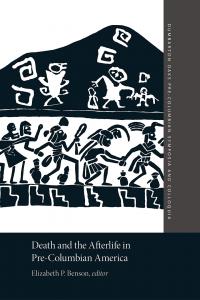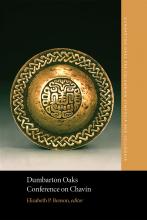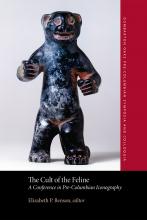Death and the Afterlife in Pre-Columbian America
Death and the Afterlife in Pre-Columbian America
By: Elizabeth P. Benson
Expertly edited by Elizabeth P. Benson, the essays in this volume adopt iconographic, socioeconomic, historical, and ethnographic approaches to examine the subjects of death and the afterlife as they occur over a wide span of space and time in diverse Pre-Columbian cultures.
Title information
First published in 1975, Death and the Afterlife in Pre-Columbian America contains eight essays first presented a conference held at Dumbarton Oaks in October 1973. Expertly edited by Elizabeth P. Benson, these essays adopt iconographic, socioeconomic, historical, and ethnographic approaches to examine the subjects of death and the afterlife as they occur over a wide span of space and time in diverse Pre-Columbian cultures.
From the Preface:
“Many of the finest artifacts of Pre-Columbian civilizations have been found in tombs. It is possible that most of the handsomest objects may have been made only as grave goods for use in an afterlife; if some were also used as ceremonial or prestige objects in the world of the living, they still ended up in burials that were often of great opulence. The knowledge that death and the belief in an afterlife were immensely important to Pre-Columbian peoples is part of the background that those who work with Pre-Columbian studies must always consider.”
—Elizabeth P. Benson and Michael D. Coe
Elizabeth P. Benson
Elizabeth P. Benson (1924–2018) was an art historian known for her extensive contributions over a long career to the study of Pre-Columbian art, in particular that of Mesoamerica and the Andes. A former Andrew S. Keck Distinguished Visiting Professor of Art History at the American University in Washington, D.C., Benson had also a long association with Dumbarton Oaks, where she served as curator of the collection of Pre-Columbian artworks, and then, most influentially, as the inaugural Director of Pre-Columbian Studies.



